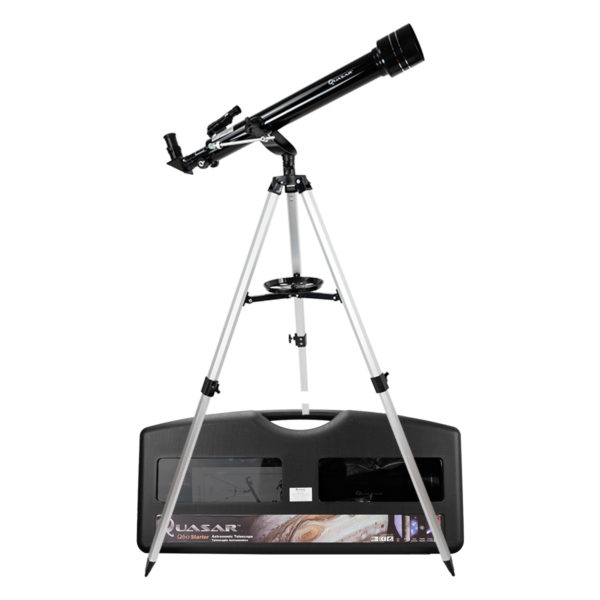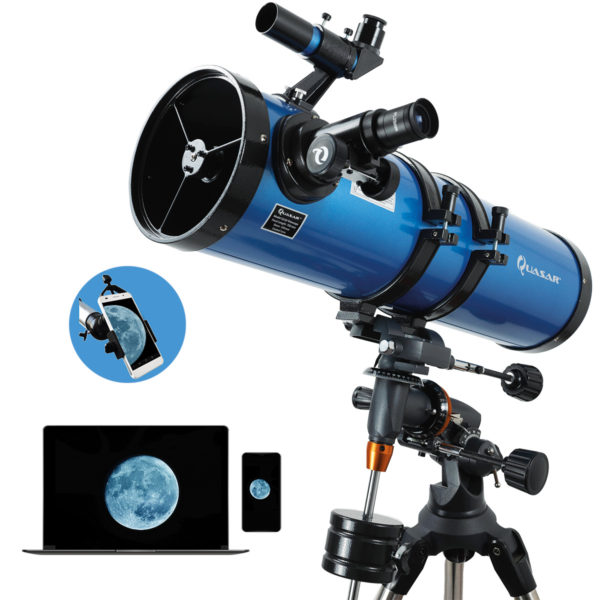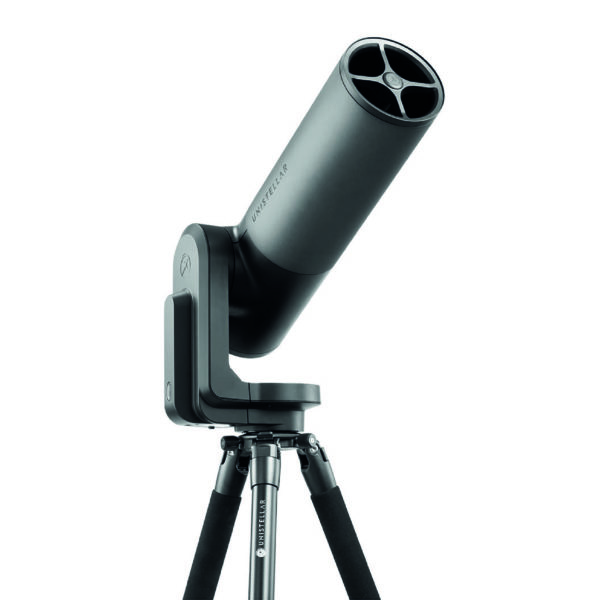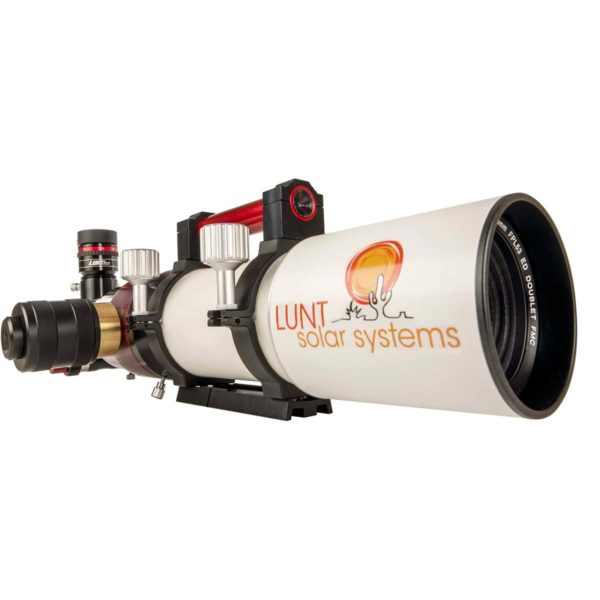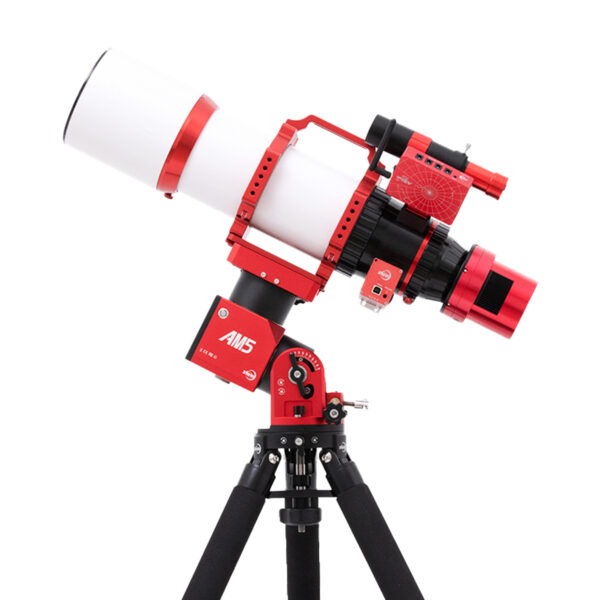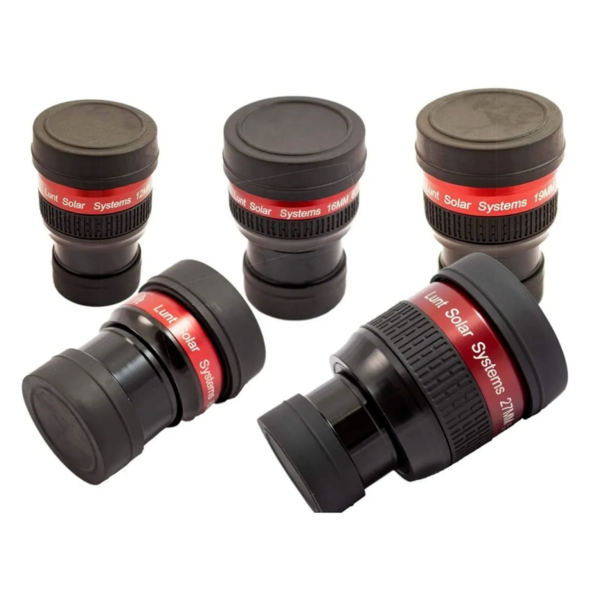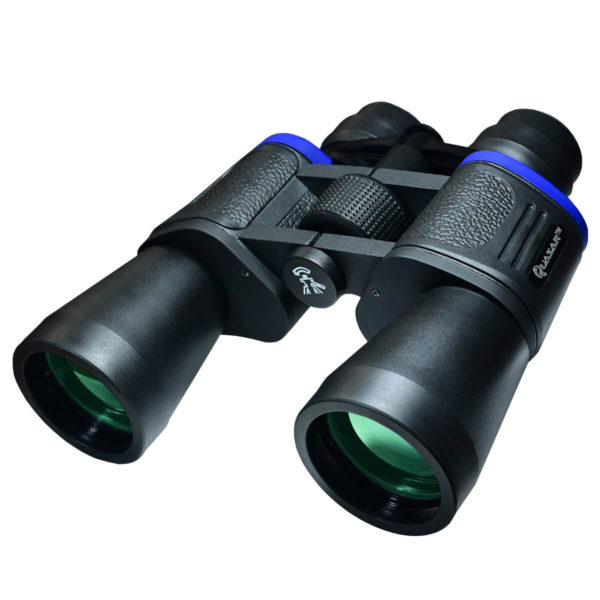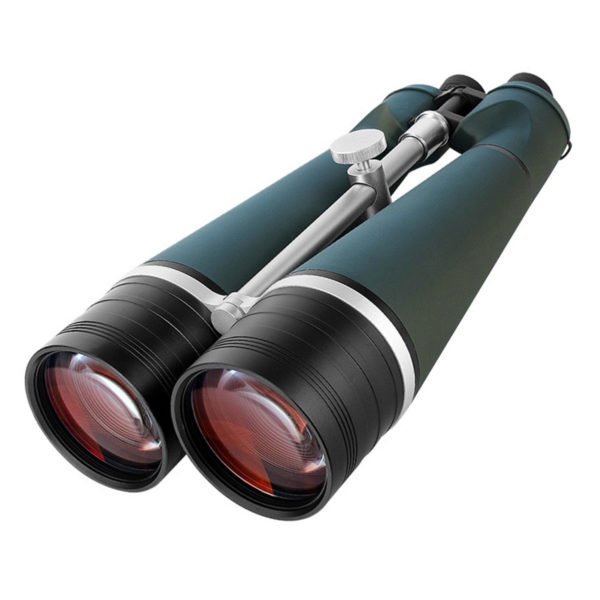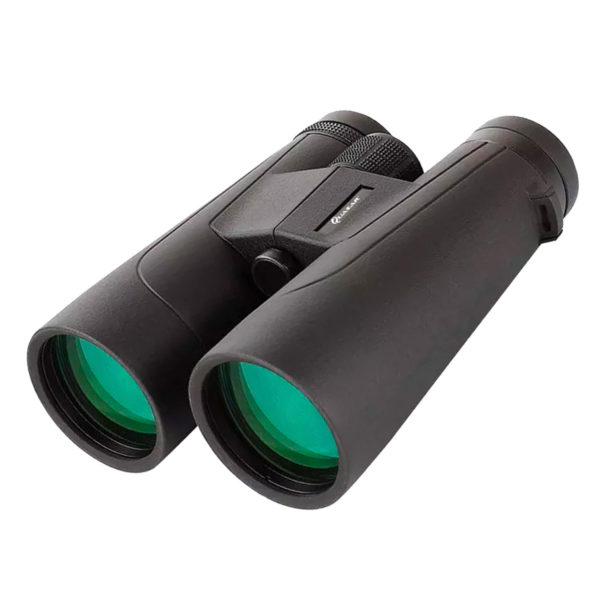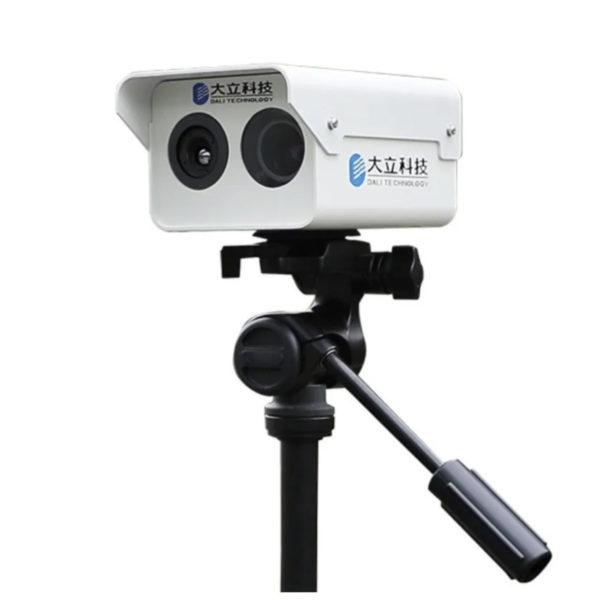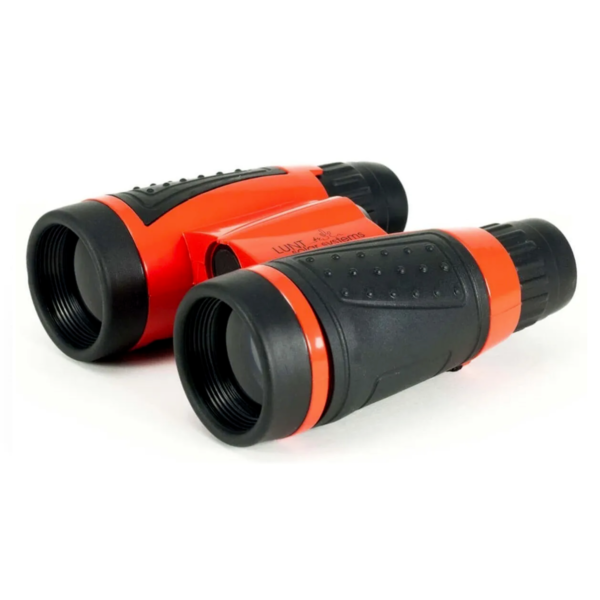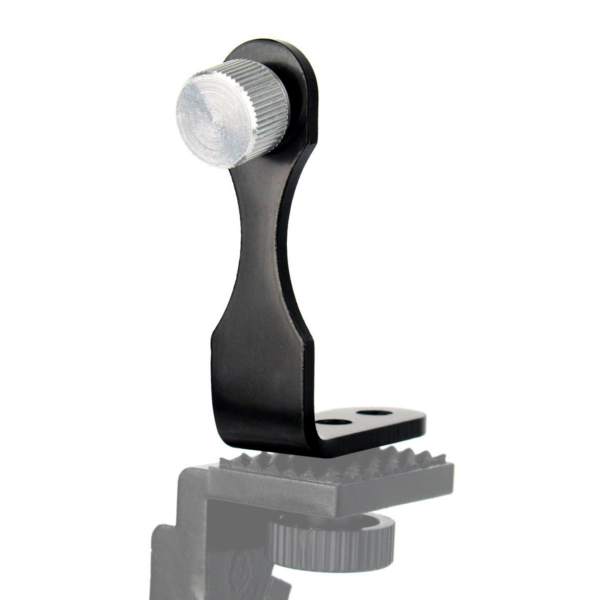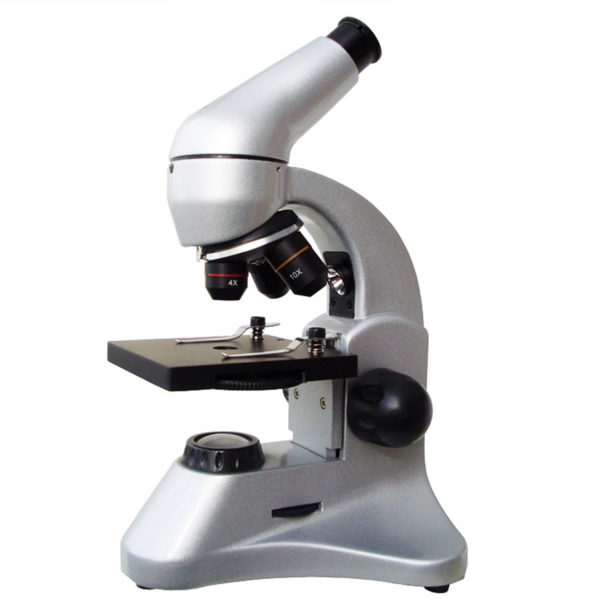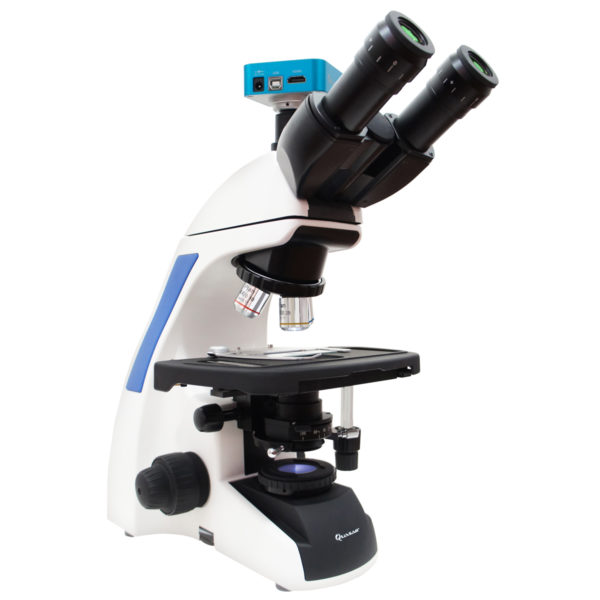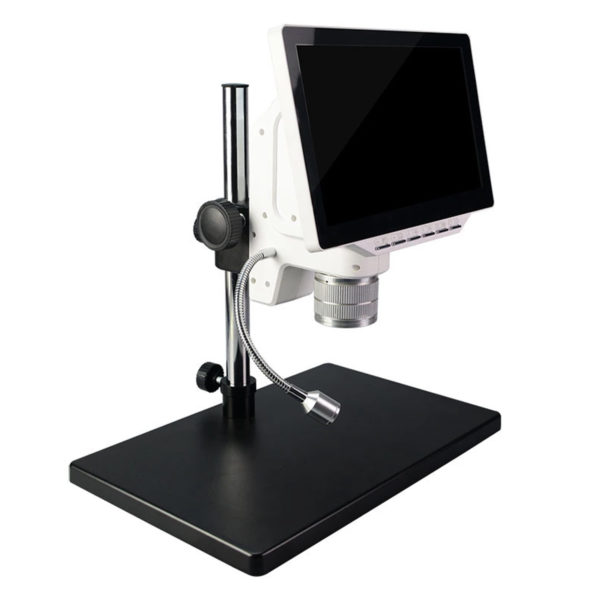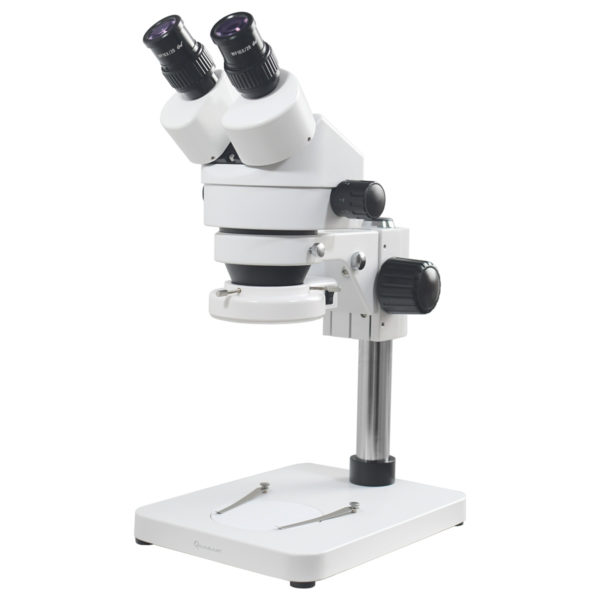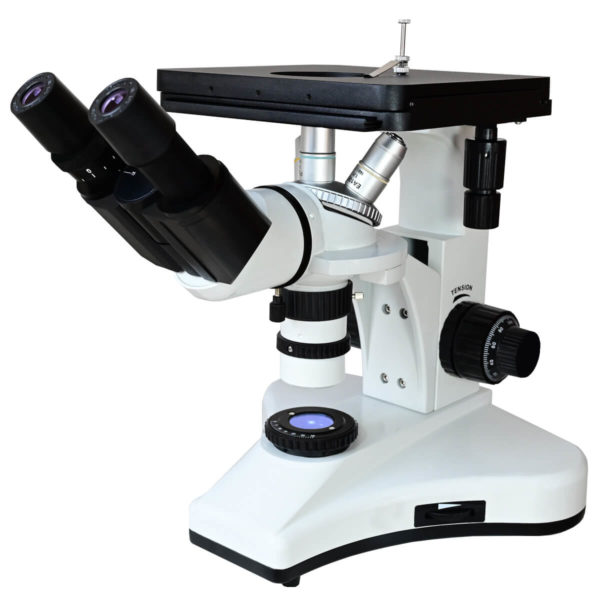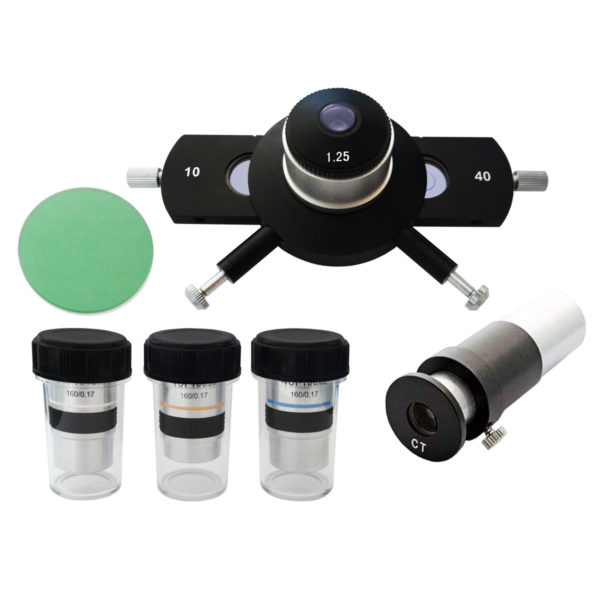The king has returned, the king of the planets in this solar system, due to its size and dimensions, until recently the one who had the most natural satellites was Saturn with an impressive number of moons, 83 moons, no more, but it changed recently that Jupiter went from having 80 to having 92 satellites thanks to a recent discovery.
But surely you are wondering, how come they had not been seen before? Well, the truth is a complicated process, especially in gas giants like this one, since its gravity attracts various objects that can be found hundreds of kilometers from the planet. or several thousand, making it difficult to identify.
So while we found several objects that have already been studied, others have simply joined over time and sometimes those same objects escape the gravitational field and continue to wander the solar system, which is why it is so difficult to quantify them, scientists they always look for bodies that remain in stable orbits around the planet in order to give them the title of Moon.

To confirm that an object is a Moon, it takes months, even years, and to be making constant observations, something not very easy, but in 2021 and 2022, at the observatories in Chile and Hawaii, it was possible to confirm that Jupiter acquired 12 new Moons.
Now this is a historical milestone, since the first moons were discovered by Galileo in 1610 with a rudimentary telescope (much more basic than the ones we use today), because from the first Galilean moons discovered at that time, to these new natural satellites these days have passed 410 years.
These new satellites do not have names, they have a number, since many measure around 8km in diameter, nine of these satellites have a retrograde orbit, that is, they rotate in the opposite direction to the other interior and larger moons. Some of these natural satellites can take up to 550 days to complete their orbit, compared to our moon taking 28 days to complete Earth’s orbit.
What is interesting about these discoveries is that they may be remnants of much larger collisions either hundreds of years ago or relatively recent. Surely this competition of who acquires more satellites is far from over, since Jupiter and Saturn will continue to attract objects.
Who do you think will break the barrier of 100 satellites, Saturn or Jupiter? Oh and don’t forget to look for them with your telescope.



